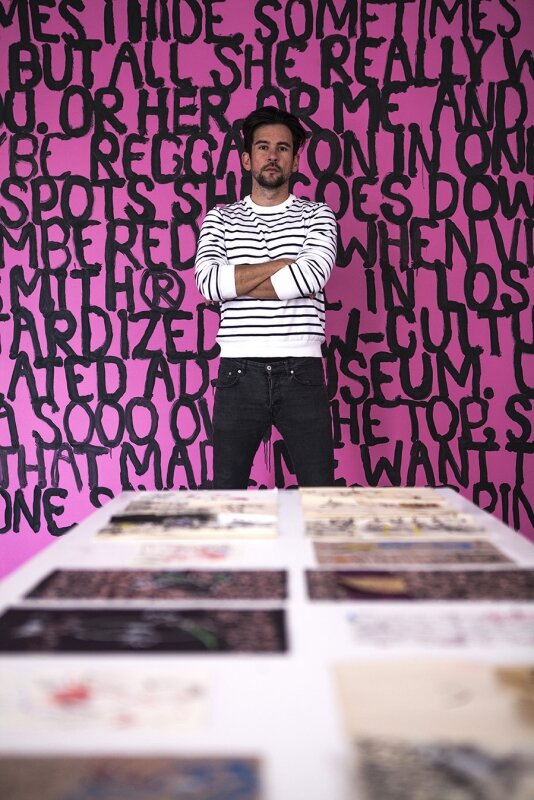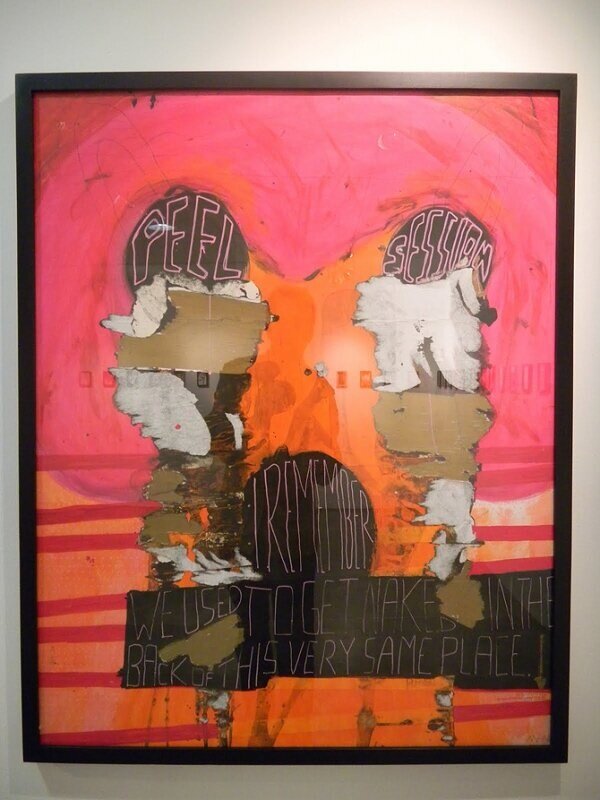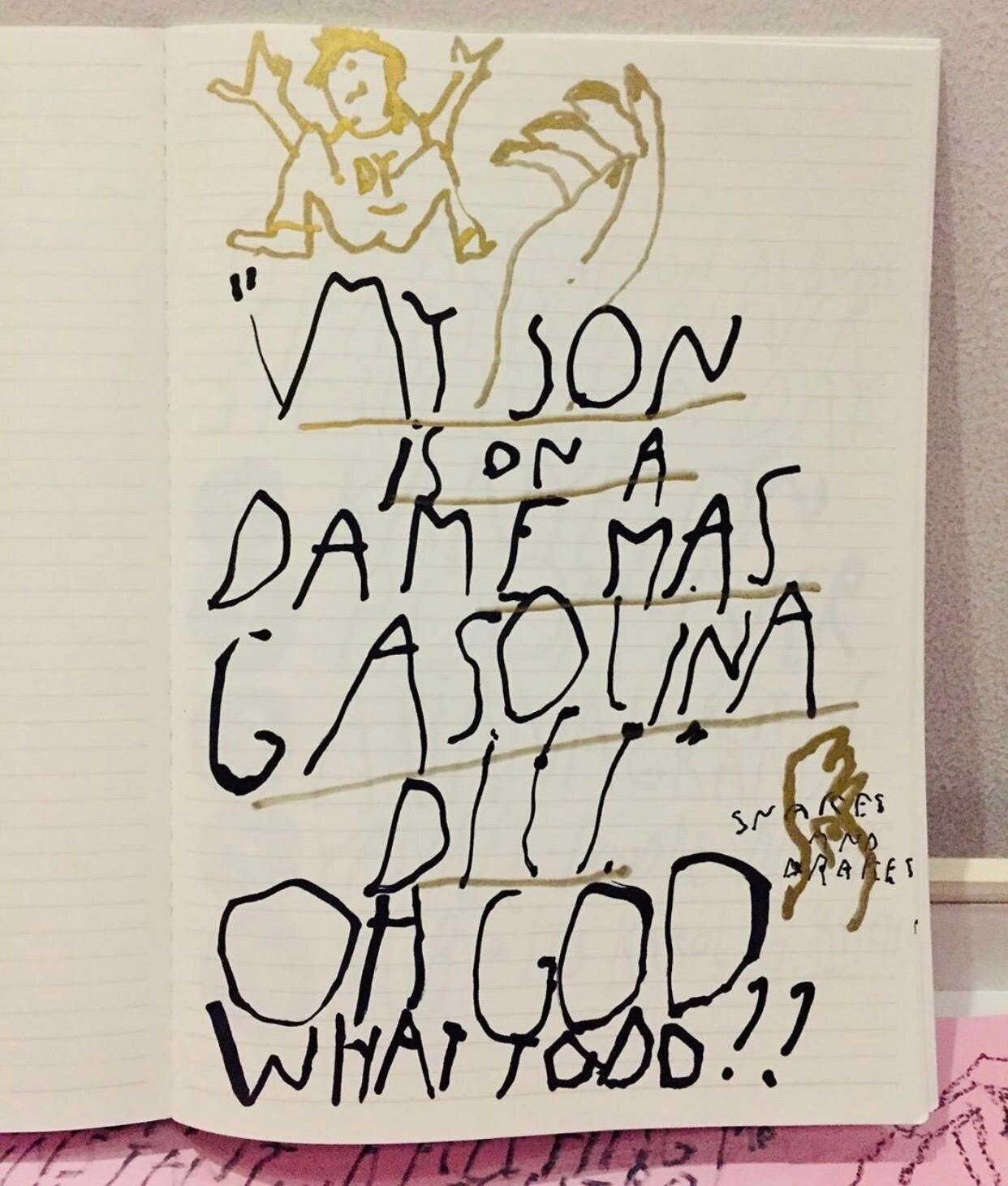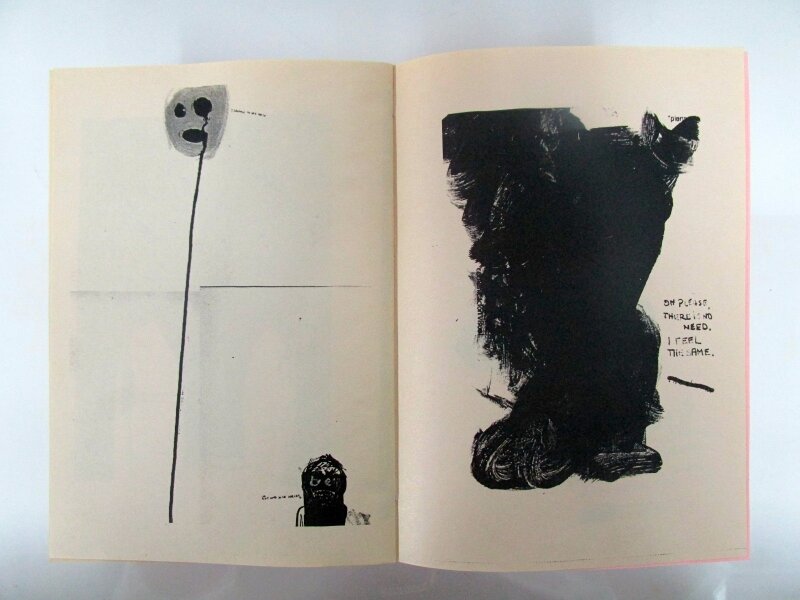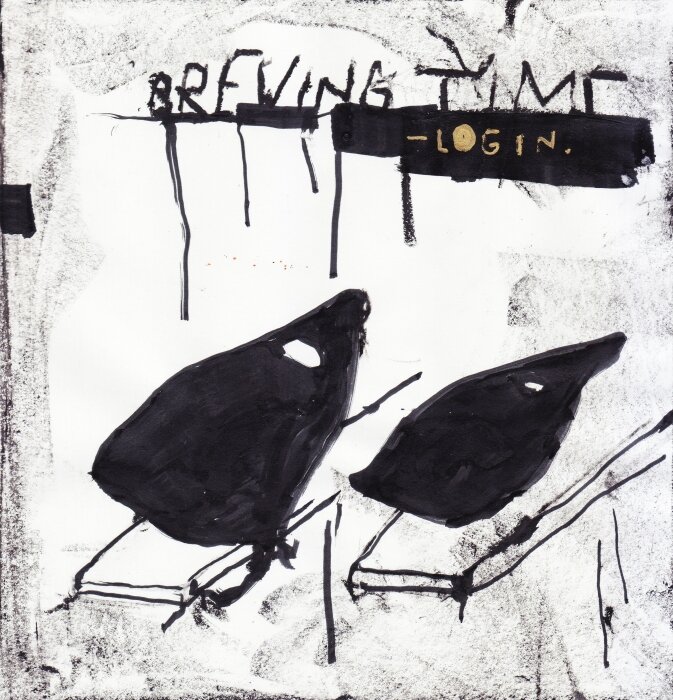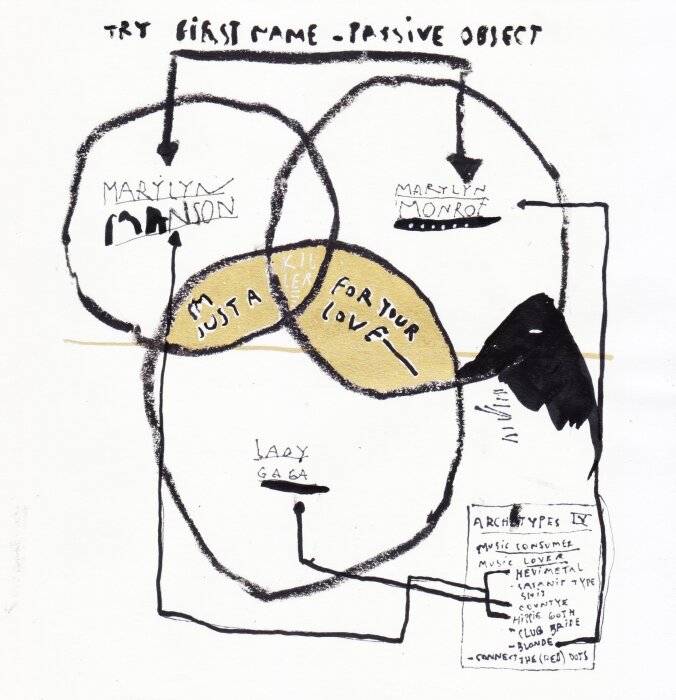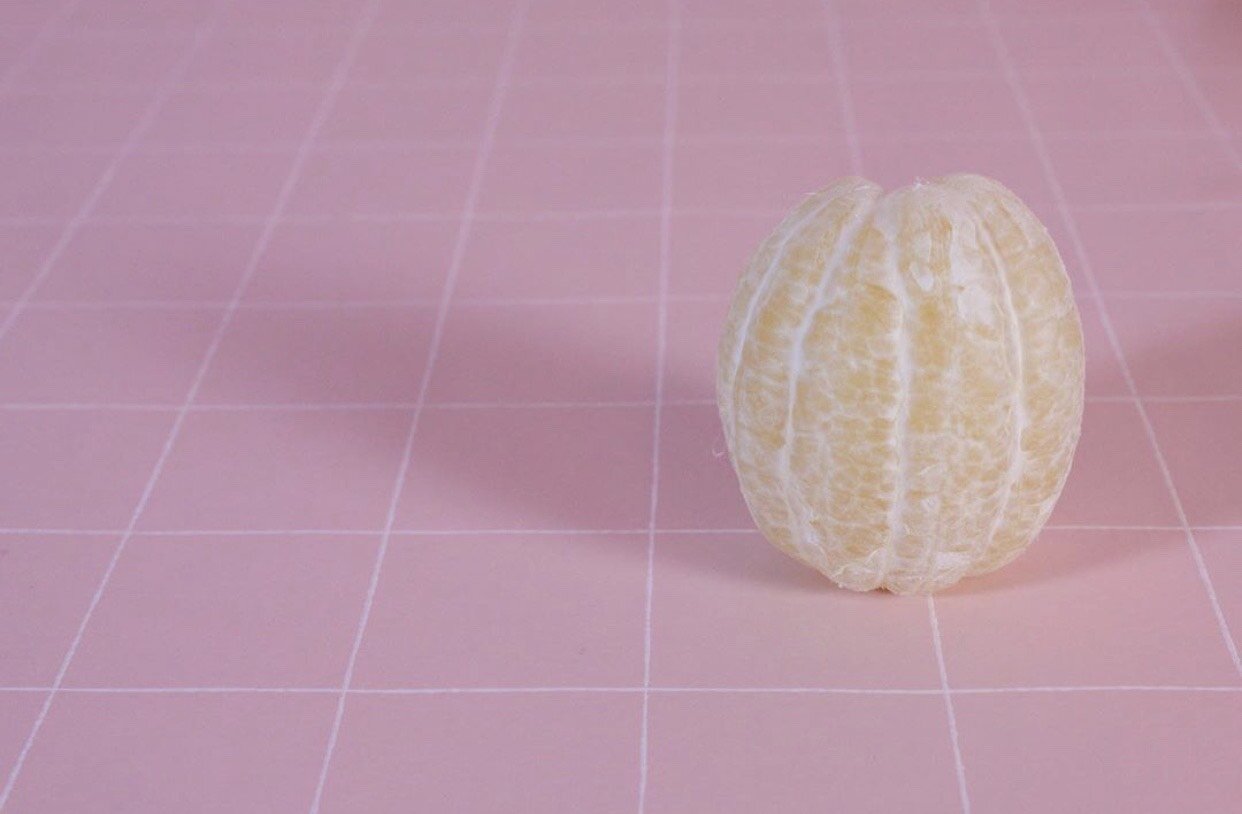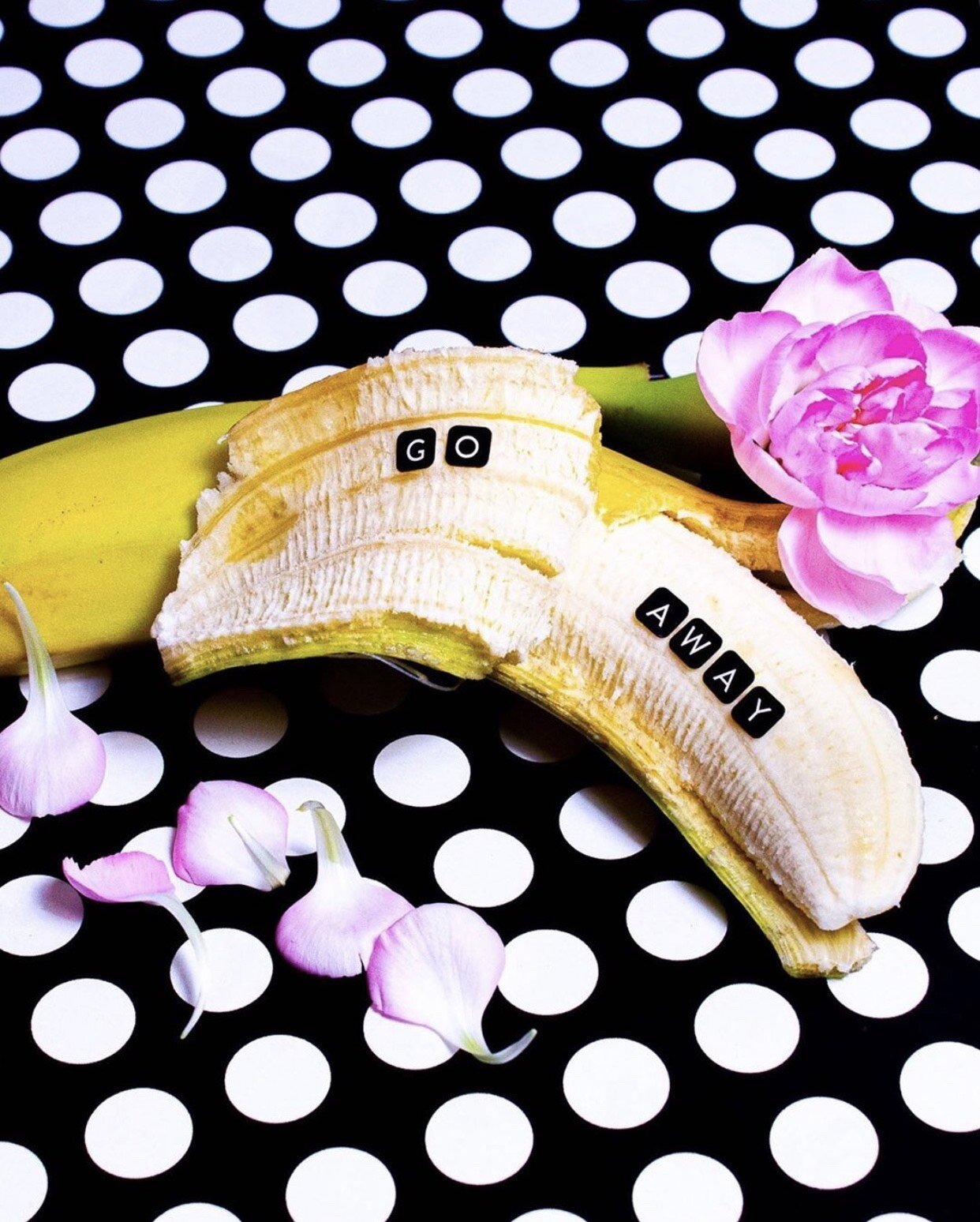In the surrealist work of Washington D.C. based photographer and artist Don D’marco, the viewer is free to explore life from a subconscious stance. His photographs are created in a collage-like manner resembling fascinating visions you’d find in an alternate reality, a future world, or a scene from an art house film.
D’marco’s start in the art scene is fairly recent, but he’s already embracing his creative vision. “I found art a couple of years ago, I purchased my first camera in 2017 and it kinda took off from there. I came across the Surrealist Movement after doing a little research, and there was an instant connection. I loved everything about it, the way it takes you to places so wild and unfamiliar blew my mind,” he explains.
The Surrealist Movement began circa 1916 in Europe as the study of that which the eye does not see, which is what makes these works creatively distinct. As André Breton, French writer and one of the fathers of surrealism, stated, that artists should “therefore seek a purely interior model or cease to exist.” An idea that parallels D’marco’s work.
Vision
One of the main focuses in D’marco’s work is humanity. His artistic landscapes relate to everyday experiences that become magnified and more meaningful. In D’marco’s work, we observe individuals who react to their environments, but because these are surrealistic works, the environments are also reacting to the individual.
“I'll take pictures of anything wherever I go, constantly looking for material I might be able to work with. Working on my photos is always a therapeutic and exciting time for me. I can be at home doing absolutely nothing or at my busy job when an idea for a photo comes to mind. I like to just take the simple idea of "things just not making sense" and go from there,” D’marco says.
Composition
D’marco’s clean aesthetic provides a flow for mood-inducing visuals. Just as there is control, there’s also freedom in his work. Body language and positioning tell us about what exists within the subjects’ minds and how they create a reaction to their environment. Most times they seem to be in control of the circumstances and everything else just falls into place engulfing them. But we can see there are moments of a loss of control and consequences, like the man being pulled apart by the car and the woman photographed upside down with white eyes.
Interpretation
D’marco creates a striking balance of shapes, light, shadow, texture, and surprise elements. It’s an act of taking apart our psyche and understanding it piece by piece, and even when it isn’t meant to be understood, it can be represented in a new way. Be it feelings, thoughts, fears, or anything that can be ambiguous at times. Or as Salvador Dali describes surrealism, “ [it] destroys only what it considers to be shackles limiting our vision.”
“I would say that art has definitely changed the way I look at the world, so I can imagine I’ll still be working on it when I'm old and gray. I'm excited to keep growing, learning new skills, and meeting new people. Just got a Sears KS film camera so have new material from that coming soon,” D’marco explains.
Final Thoughts
D’marco understands what it means to be in touch with the self, a skill that makes artists authentic and allows them to express themselves from the soul. Taking apart a vision is only the beginning of understanding. That’s when his work comes in, by creating space to start that thought-related conversation with ourselves and others.
All photos courtesy of the artist. For more on Don D’marco’s work, please visit his website.




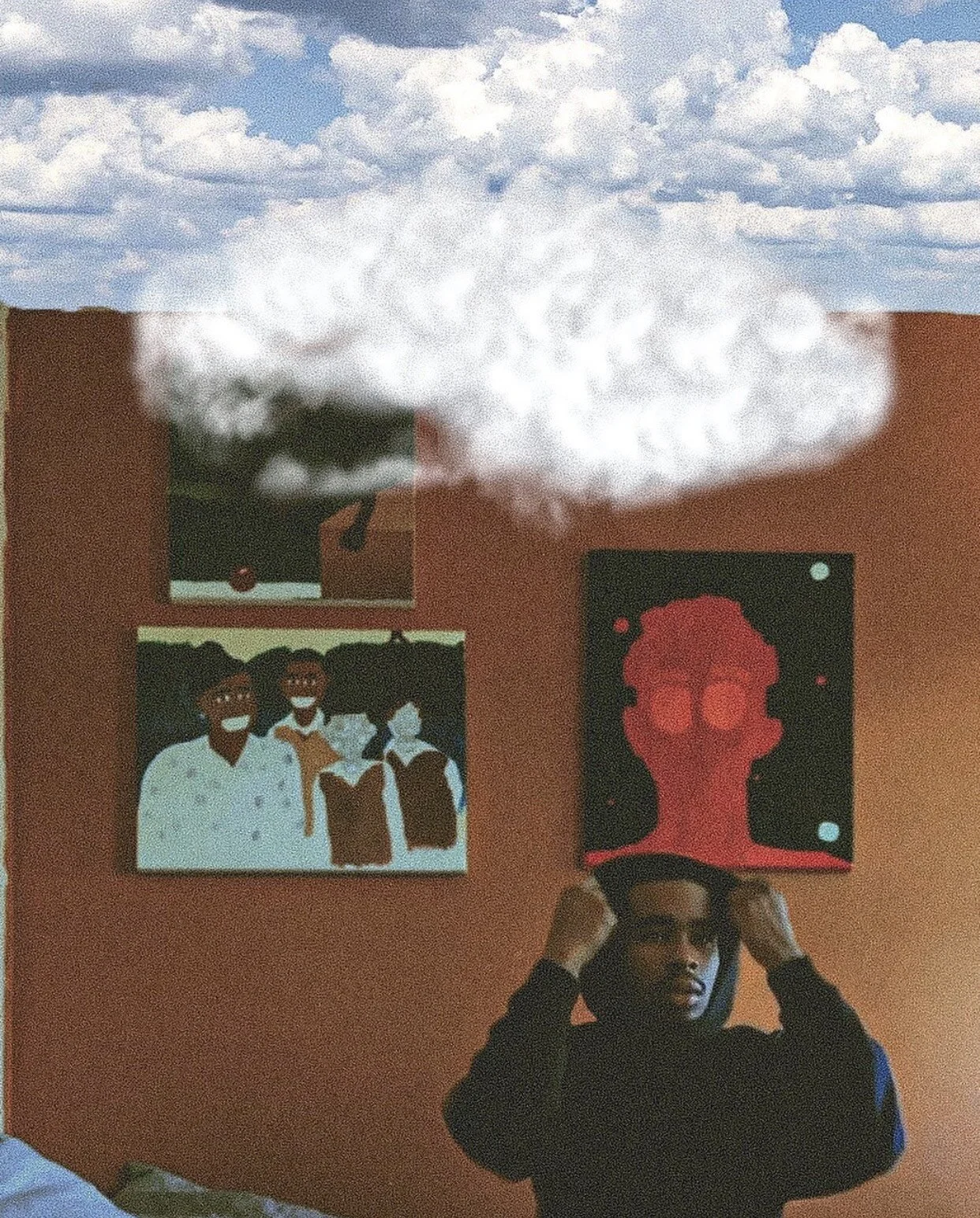
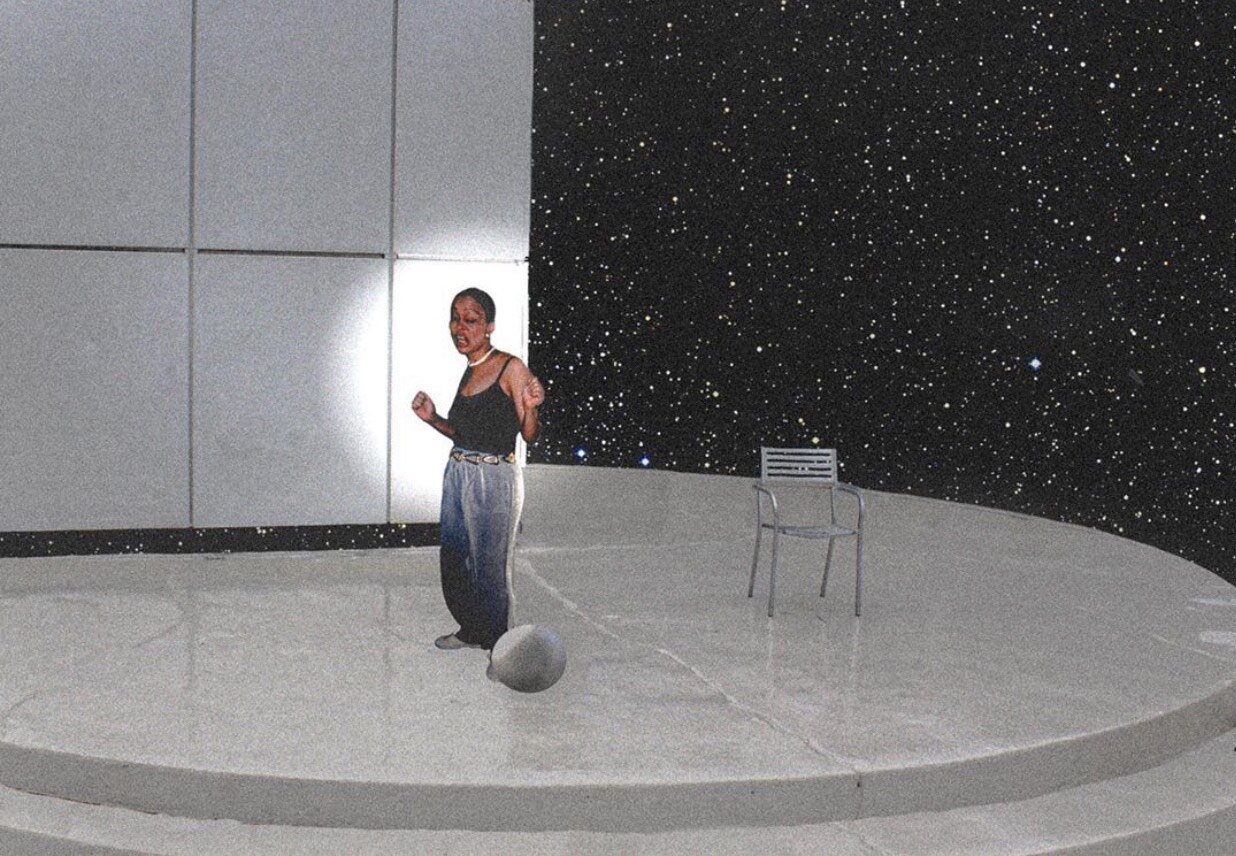
Today’s poem is inspired by Don’s mindful vision of oneself, internally and externally.
Keeping Things Whole
BY MARK STRAND
In a field
I am the absence
of field.
This is
always the case.
Wherever I am
I am what is missing.
When I walk
I part the air
and always
the air moves in
to fill the spaces
where my body’s been.
We all have reasons
for moving.
I move
to keep things whole.






